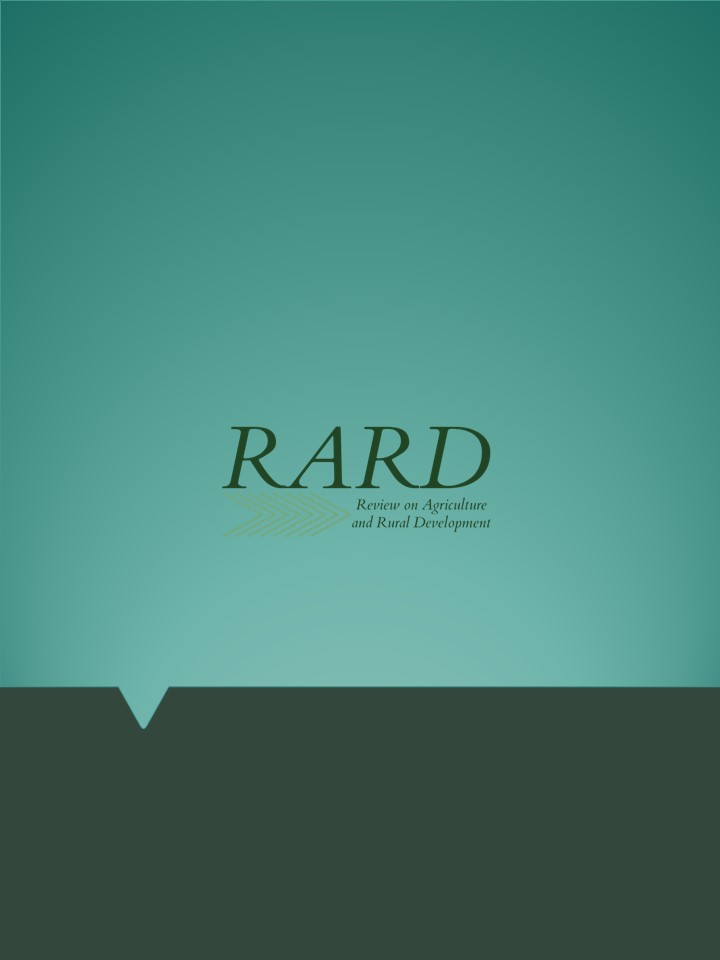Historical ecological research of the kurgans of Hajdúnánás–Zagolya-dűlő
Main Article Content
Abstract
Kurgans are human-made geomorphological elements of the Eurasian steppe zone. In the Carpathian Basin, their construction is connected to the burial customs of Bronze Age societies. Their importance is multifold and it is not limited to their archaeological significance only. These monuments are also bearers of significant botanical, zoological, pedological and geomorphological values. Furthermore, they are key elements of the cultural heritage, representing unique aesthetical and cultural historical significance within the landscapes of the Great Hungarian Plain. In the close vicinity of Hajdúnánás, the so called Zagolya-dűlő gives home to multiple burial mounds. The history of this territory arches over – at least – five millennia, starting with the construction of these burial mounds. The current study focuses on the historical ecology of Zagolya-dűlő by integrating various environmental and historical sources. The environmental history of Zagolya-dűlő was researched through the paleoecological assessment of an excavated kurgan and through historical maps. Results of the land use history revealed that ploughing avoided the core territory of Zagolya-dűlő. The higher part of the area was used for grazing, while the depressions in the landscape were occupied by reed and marshy areas. The soilscape of Zagolya-dűlő is characterised by alkaline and chernozem soils today. Similar soil conditions are reflected by the buried soil found under kurgan ETA-01. In addition, the botanical survey of the kurgans revealed regionally significant natural value. The identified plant species indicate moderate human disturbance, which supports the results of the land use historical reconstruction.
.
Article Details
Funding data
-
Horizon 2020 Framework Programme
Grant numbers The Yamnaya Impact on Prehistoric Europe;Grant agreement ID: 788616
